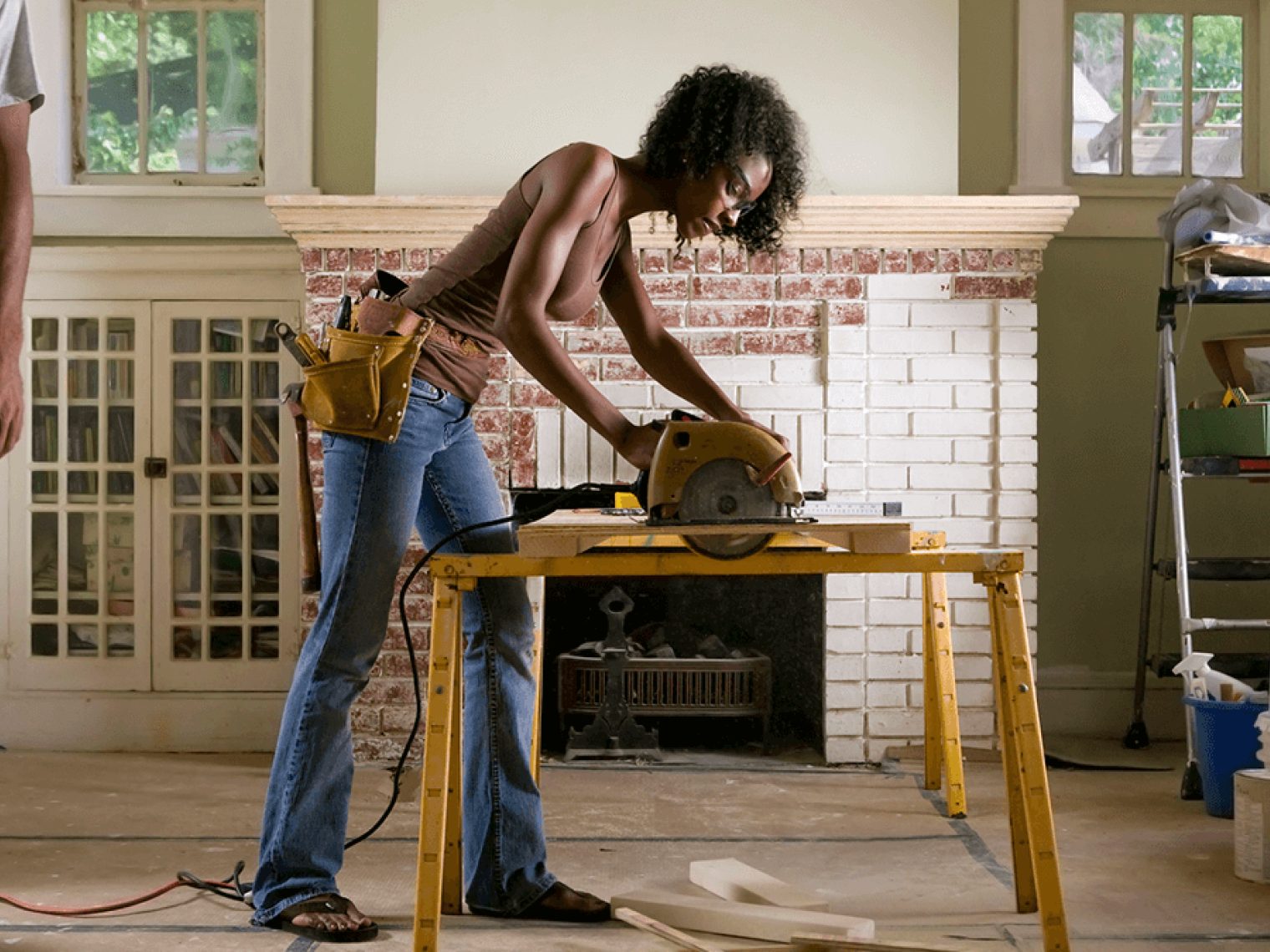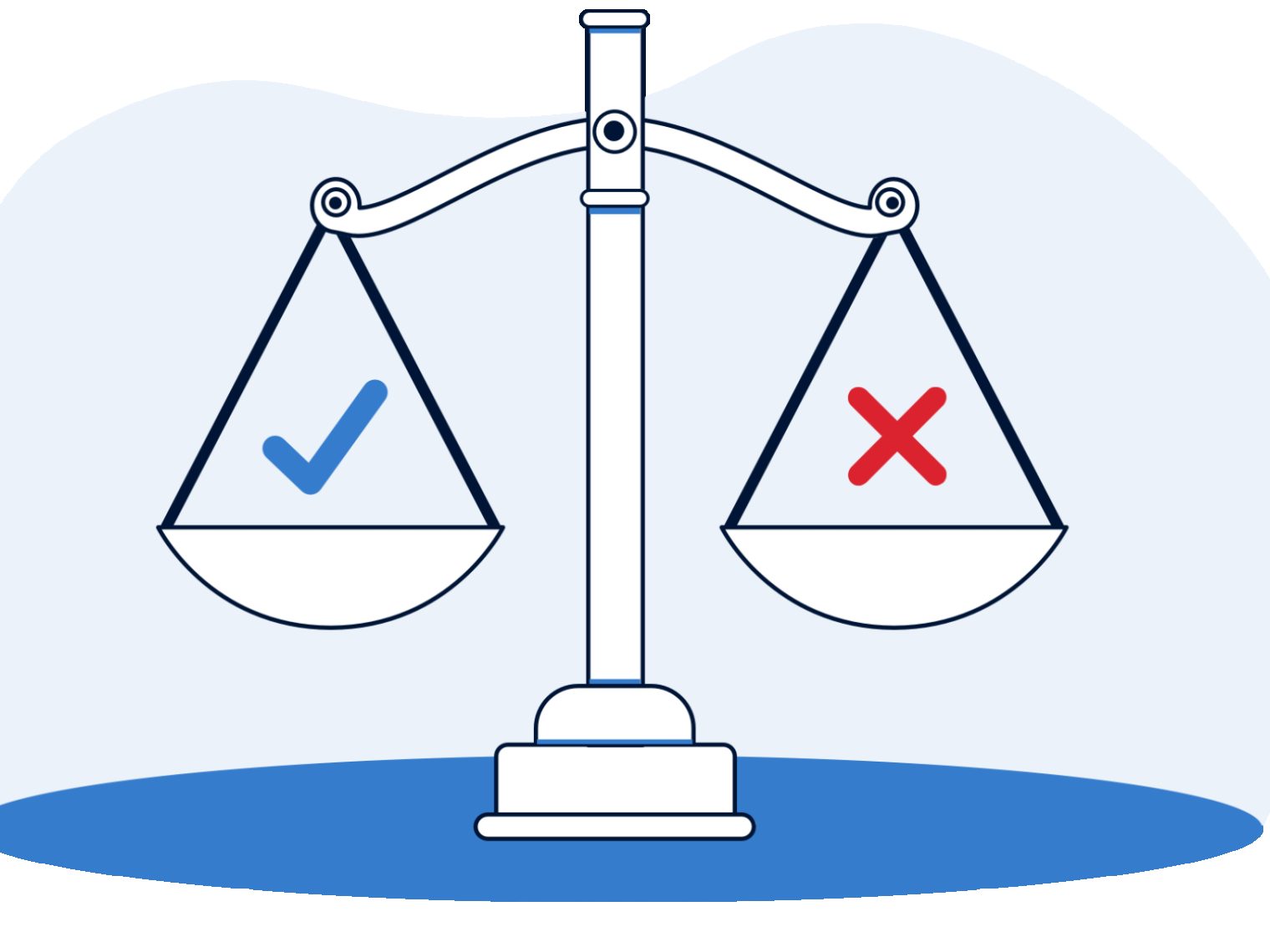With 70% of new homeowners projected to be Hispanic between now and 2040, Census data show the homeownership rate for Hispanic and Latino Veterans is nearly 20 percentage points higher than for non-Veterans.
Hispanic Veterans are poised to experience significant growth in homeownership rates over the next two decades.
An Urban Institute study from earlier this year projects that 70% of new homeowners between 2020 and 2040 will be Hispanic.
Census data shows that military service plays an outsized role in helping to close the homeownership gap for Hispanic and Latino consumers.
Hispanic and Latino Homeownership Rate Higher for Veterans
The homeownership rate among all Hispanic and Latino households was 50.6% in 2021, the last year for which race and ethnicity data are available. For Hispanic and Latino Veteran households, the homeownership rate was considerably higher – 67.2%.
That nearly 20 percentage point disparity between military and civilian Hispanic buyers exists back to at least 2015, according to recent Census breakdowns.
Homeownership Rates of Hispanic Households
| Year | Hispanic Veteran Rate | Hispanic Civilian Rate | Homeownership gap (in percentage points) |
|---|---|---|---|
| 2021 | 67.2% | 49.7% | 17.5 |
| 2020 | 66% | 50.2% | 15.8 |
| 2019 | 65.3% | 47.1% | 18.2 |
| 2018 | 65% | 46.4% | 18.6 |
| 2017 | 65.1% | 46.2% | 18.9 |
The military will only continue to become more diverse, and Hispanic and Latino Veterans are likely to become major drivers of growth for the VA loan program. This hard-earned benefit will also continue to shrink the homeownership and wealth gap for future generations of Hispanic and Latino Veterans and their families.
“Military service and the VA loan program are creating transformational and generational change for Hispanic and Latino Veterans,” said Chris Birk, vice president of mortgage insight at Veterans United Home Loans, the country’s largest VA purchase lender. “Hispanic and Latino Veterans and service members increasingly represent the future of this historic benefit.”
‘Stronger roots’
Hispanics and Latinos accounted for 35.9% of household growth between 2010 and 2020, according to Census data. The overall Hispanic homeownership rate increased every year from 2015 to 2020.
Disparities in homeownership rates have been prevalent for years, especially among minority homebuyers. The narrower gap for Hispanic and Latino Veterans speaks directly to the power of the VA home loan benefit.
This program was created to expand access to homeownership for Veterans and service members. VA loans allow qualified buyers to purchase with no down payment, no mortgage insurance, access to the industry’s lowest average rates and more flexible credit guidelines.
Hispanic and Latino borrowers can face unique challenges when it comes to credit access and building the kind of assets needed for conventional financing. The VA loan benefit all but eliminates those hurdles for those who serve.
“Military participation accelerates homeownership rates among Hispanic and Latino veterans and service members. We should be grateful for those defending our nation and be pleased that this path leads to stronger roots in our communities. Insofar as the VA home loan benefit contributes to this community development – and it does – we can say that the policy is working."
Shrinking the gap
To be sure, Hispanic homebuyers can face a host of structural barriers and financial challenges. They typically have less income and assets and lower credit scores than white buyers, according to the Urban Institute.
Military service often provides additional advantages beyond the VA loan benefit. Active duty service members have stable, reliable income that’s easy for mortgage lenders to document and count on. Many Hispanic and Latino Veterans are able to turn their military skills and training into solid civilian jobs once they transition from service.
The Department of Veterans Affairs estimates that the population of Hispanic and Latino Veterans will increase from 8-12% from 2019 to 2045.
In turn, that growth will likely shrink the Hispanic and Latino homeownership gap even further, with younger Veterans in particular leading the way.
Through the first three quarters of Fiscal Year 2021, Millennial and Generation Z Veterans accounted for 52% of all VA purchase loans, according to national VA lending data.
“Given the obstacles that many Hispanic buyers face, this unique loan program offers some powerful lessons for how we might look to close the homeownership gap for all buyers,” Birk said.
How We Maintain Content Accuracy
Veterans United often cites authoritative third-party sources to provide context, verify claims, and ensure accuracy in our content. Our commitment to delivering clear, factual, and unbiased information guides every piece we publish. Learn more about our editorial standards and how we work to serve Veterans and military families with trust and transparency.
Related Posts
-
 VA Renovation Loans for Home ImprovementVA rehab and renovation loans are the VA's answer to an aging housing market in the United States. Here we dive into this unique loan type and the potential downsides accompanying them.
VA Renovation Loans for Home ImprovementVA rehab and renovation loans are the VA's answer to an aging housing market in the United States. Here we dive into this unique loan type and the potential downsides accompanying them. -
 Pros and Cons of VA LoansAs with any mortgage option, VA loans have pros and cons that you should be aware of before making a final decision. So let's take a closer look.
Pros and Cons of VA LoansAs with any mortgage option, VA loans have pros and cons that you should be aware of before making a final decision. So let's take a closer look.


